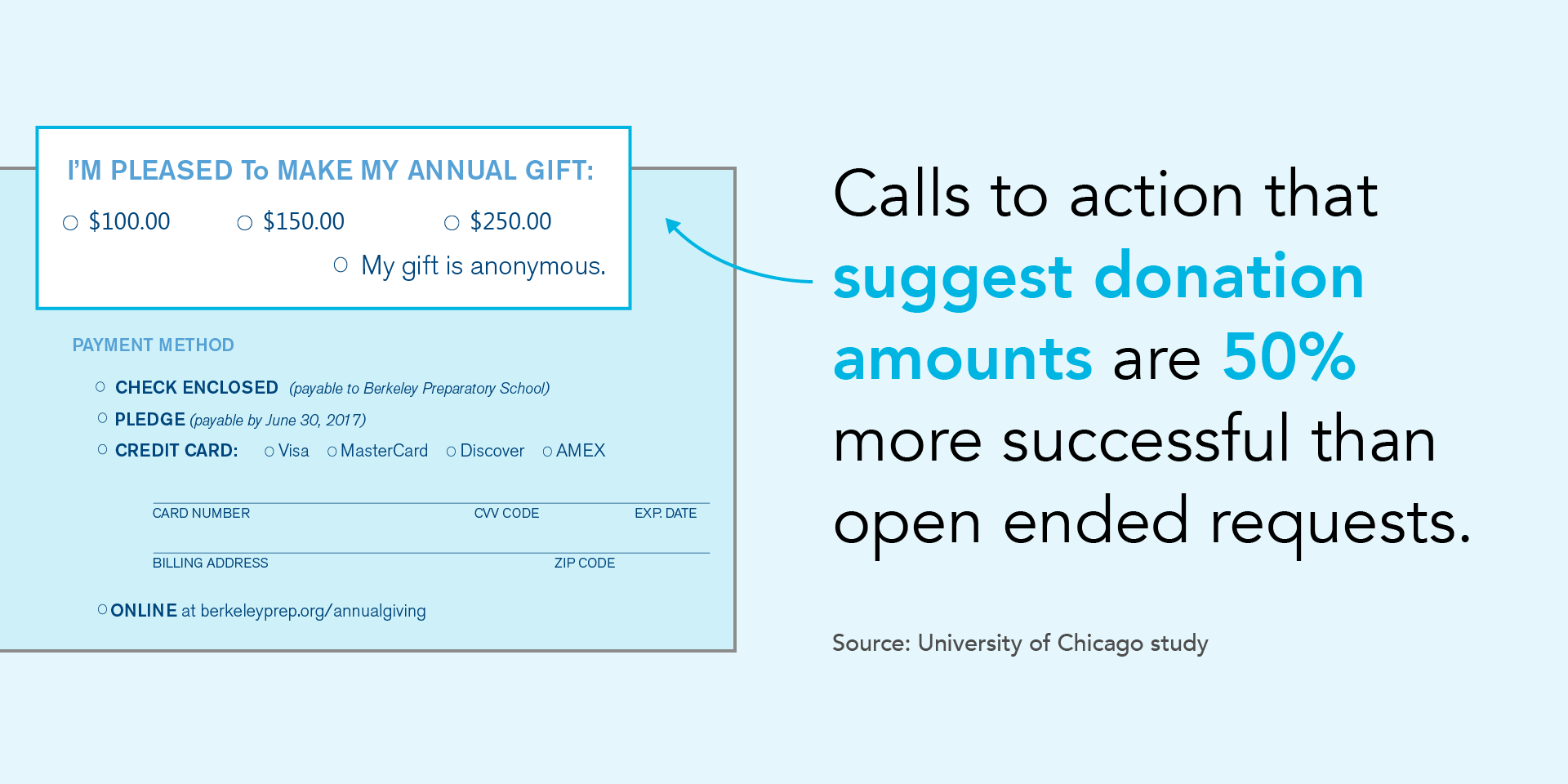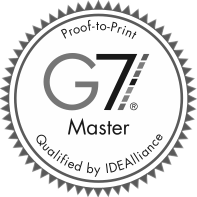No one wants to feel like just another number on a spreadsheet, but that’s exactly how an impersonal fundraising campaign can leave your donors feeling.
Development teams have the opportunity to more effectively connect with donors—both online and in print—through insights that come through big data. Personalization has become a marketing best practice, and for good reason:
“When nearly 90% of marketers realize lift from personalization initiatives, it’s clear that those who embrace this strategy will outperform those who do not,” Karl Wirth, Co-founder and CEO of Evergage, told Direct Marketing News.
Influencing Behavior Drives Donor Action
The reason why the performance improvement is so substantial is due to behavioral change, and even more importantly behavioral influence.
Behavioral change begins by employing techniques as simple as using someone’s first name and referring to an action that donor took in the past. This basic tactic has the effect of making donors take notice of the message and consider its merits, rather than just immediately discarding it and moving on.
The most forward thinking direct marketing agencies and nonprofits take it a step further, however. They are analyzing data from multiple sources to figure out personalized ask amounts that actually influence behavior.
Asking for the Right Amount
Calls to action that suggest donation amounts are 50 percent more successful than open-ended requests. However, suggesting a donation amount is barely scratching the surface of what’s possible. The trick is in asking for the right amount.
In the fundraising space, on the whole, ask amounts are usually determined by a “best guess” formula of sorts. The formula often takes into account past giving habits and some arbitrary percentage increase over the last donation amount.
Erica Waasdorp, President of A Direct Solution says, “We work with our clients and help them customize their best ask amounts for prospect lists based on four things:
- Experience with other organizations
- Ask history for previous prospecting campaigns and results
- Average gift for existing donors
- Average gift of the relevant prospect list”
However, according to Ellen Bristol, of Bristol Strategy Group, “The problem is not trying to guess between whether you ask for $100 or $125. That's not the problem. The problem really is how well do you know which donors are most likely to become engaged with you? How do you measure a donor’s willingness to give—their interest in giving?”
Lumping donors together in brackets based on basic identifying information and then making an ask—either as a range of suggested gift amounts or using arbitrary formulas to best guess a specific ask amount—is an approach that risks missing out on increased donation amounts from some supporters while alienating others.
If your suggested amount is too low, a donor who likely would have given more may check off a pre-listed amount rather than write in a higher number that they would have been willing to give. That being said, asking for too much could end up putting off donors who aren’t willing to give as much or those who may end up feeling that their contribution doesn’t matter.
A personalized ask amount—determined by analyzing online data, a donor’s history with the organization, public records, etc.—helps avoid this problem.
Enter: Predictive Analytics for Fundraising
By using software solutions that incorporate data about the donor into advanced algorithms, organizations can apply science to the process and maximize their conversions, instead of “pulling numbers out of the air.”
As Bristol indicated, donors aren’t always willing to give what they could give. Until now it’s been nearly impossible for a nonprofit to figure out that crucial distinction. Predictive analytics solves that problem by letting nonprofits know how much each individual donor is likely willing to give and makes it possible for them to roll out campaigns with personalized ask amounts that move donors up the giving pyramid.
So how exactly does donor data get you to a better ask number? On paper, donors Jane and Sarah look nearly identical—they’re women in the same age bracket, they earn similar salaries, and each has donated $100 to your organization over the past two years.
When you loop in the data you have across all marketing channels, as well as public information, some key differences start to emerge. And while both women might be able to donate more money next year, there are likely to be found differences in their individual willingness to give.
This is where personalized ask amounts come in.
Let’s look at an example. Sarah Jones is one of your current donors. You know how much she donated last year so you’re planning on using your standard (arbitrary) annual increase percentage to try and move her up the giving pyramid a bit more this year.
However, you also have the option to use predictive analytics to better determine her “willingness” to give. ExactAsk is a fundraising optimization technology that calculates a donor’s willingness to give based on Action Scores.
Action scores are calculated using a patented machine-learning algorithm that takes into account a combination of insights and data from:
- US Census
- Your CRM
- Sales transactions
- Marketing automation
- Direct mail
- Telemarketing
Personalized ask amounts also make donors feel like they’re getting personalized service from your organization, which often results in higher engagement levels.
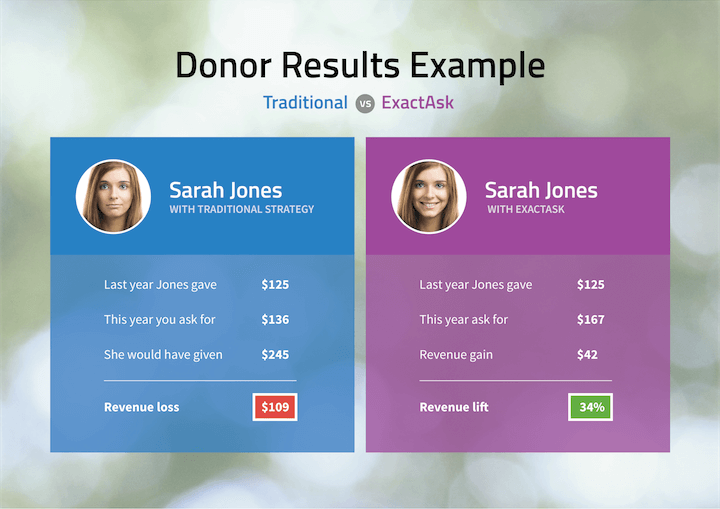
Case Study: Predictive Analytics at Work
The advantage of using personalized ask amounts is potentially enormous. Just take a look at KLRU, a PBS affiliate in Austin, Texas. The station saw a 76 percent increase in giving once personalized ask amounts were used in a campaign.
Not only did KLRU enjoy that increase in giving, it did so while earning a 400 percent return on investment. That’s a number rarely seen in nonprofit marketing.
KLRU isn’t the only beneficiary of this new approach to donor outreach. Habitat for Humanity has also seen huge gains by using personalized ask amounts recommended by predictive analytics software. The charity notched a 250 percent increase in donations from existing donors as well as a 35 percent increase in donations from first-time donors.
Looking for additional ways to personalize your campaign revenue? Download the How To Boost Direct Mailing Results for Nonprofits ebook for more ideas or contact Shawmut to discuss your next direct mail campaign.
This is the final post in a five-part blog post series from Adam Treiser, founder of ExactAsk, a technology platform that uses predictive analytics to reveal the optimal Ask amount for every donor in a fundraising database.
1st post in the series: 4 Direct Mail Best Practices for Nonprofits in the Digital Age
2nd post in the series: 3 Donor Retention Strategies for Higher Ed Development Teams
3rd post in the series: How to Optimize Direct Mail with Digital Data
4th post in the series: Why Successful Fundraisers Use Direct Mail in their Omnichannel Approach

